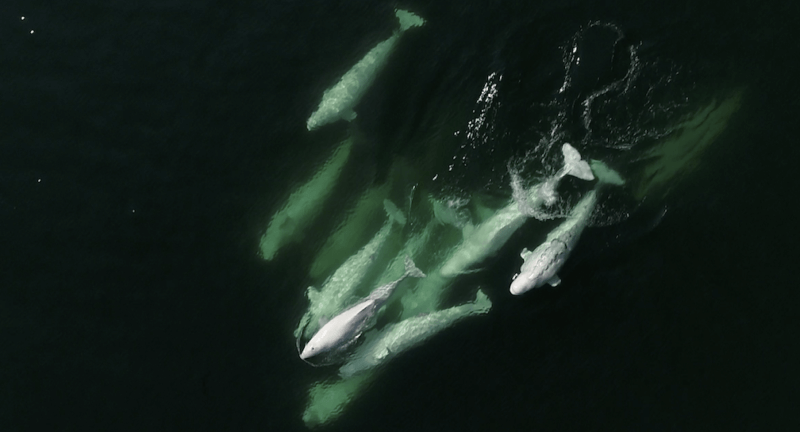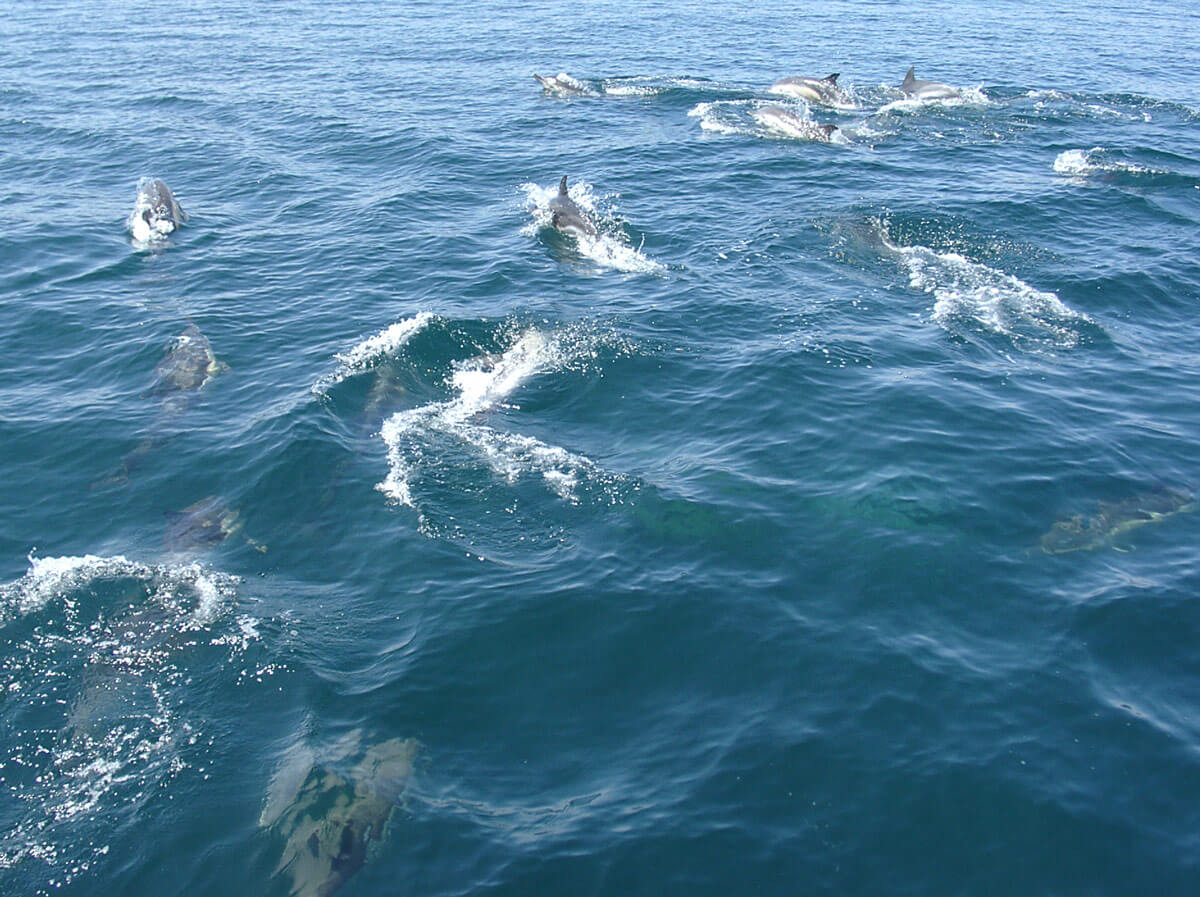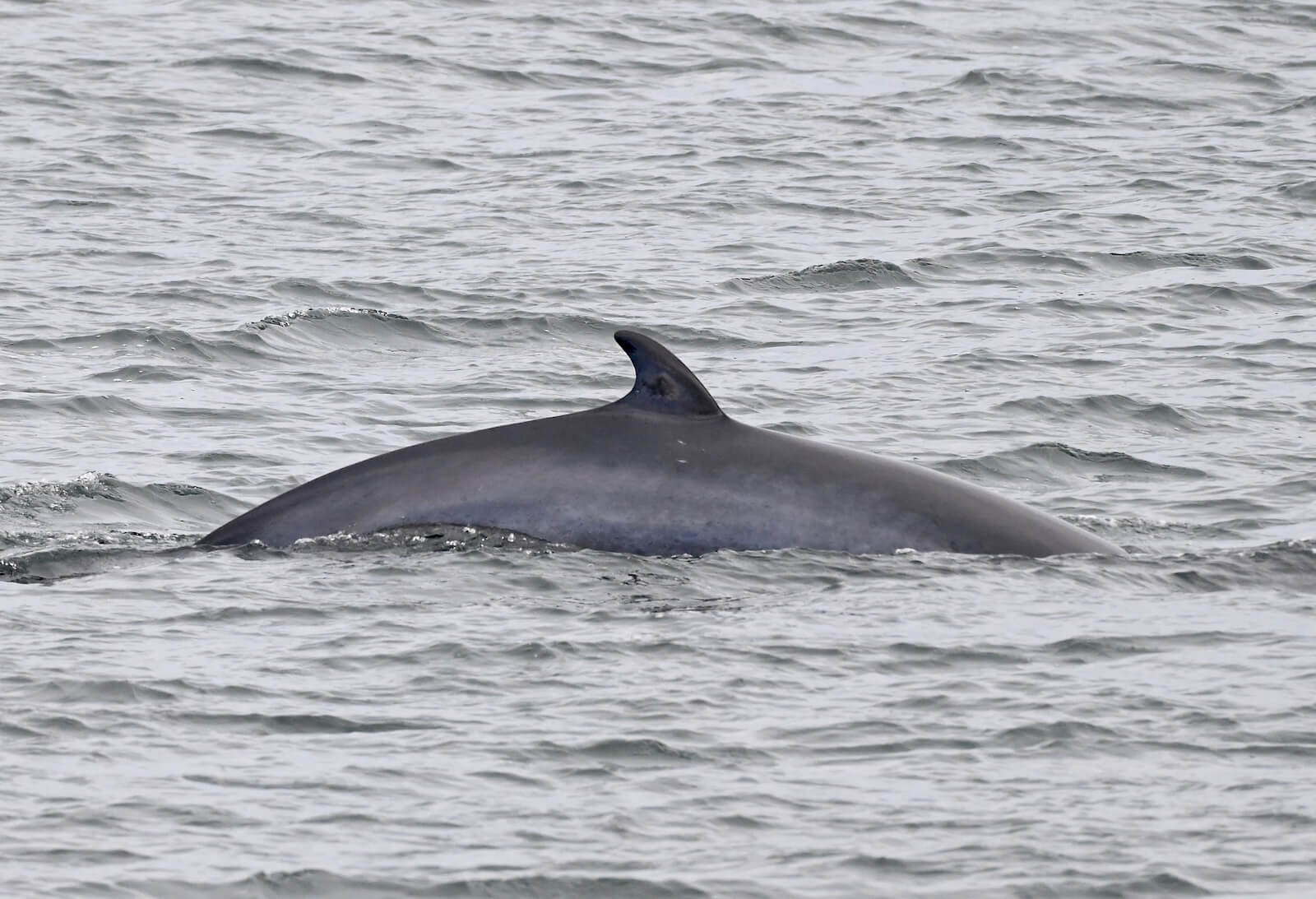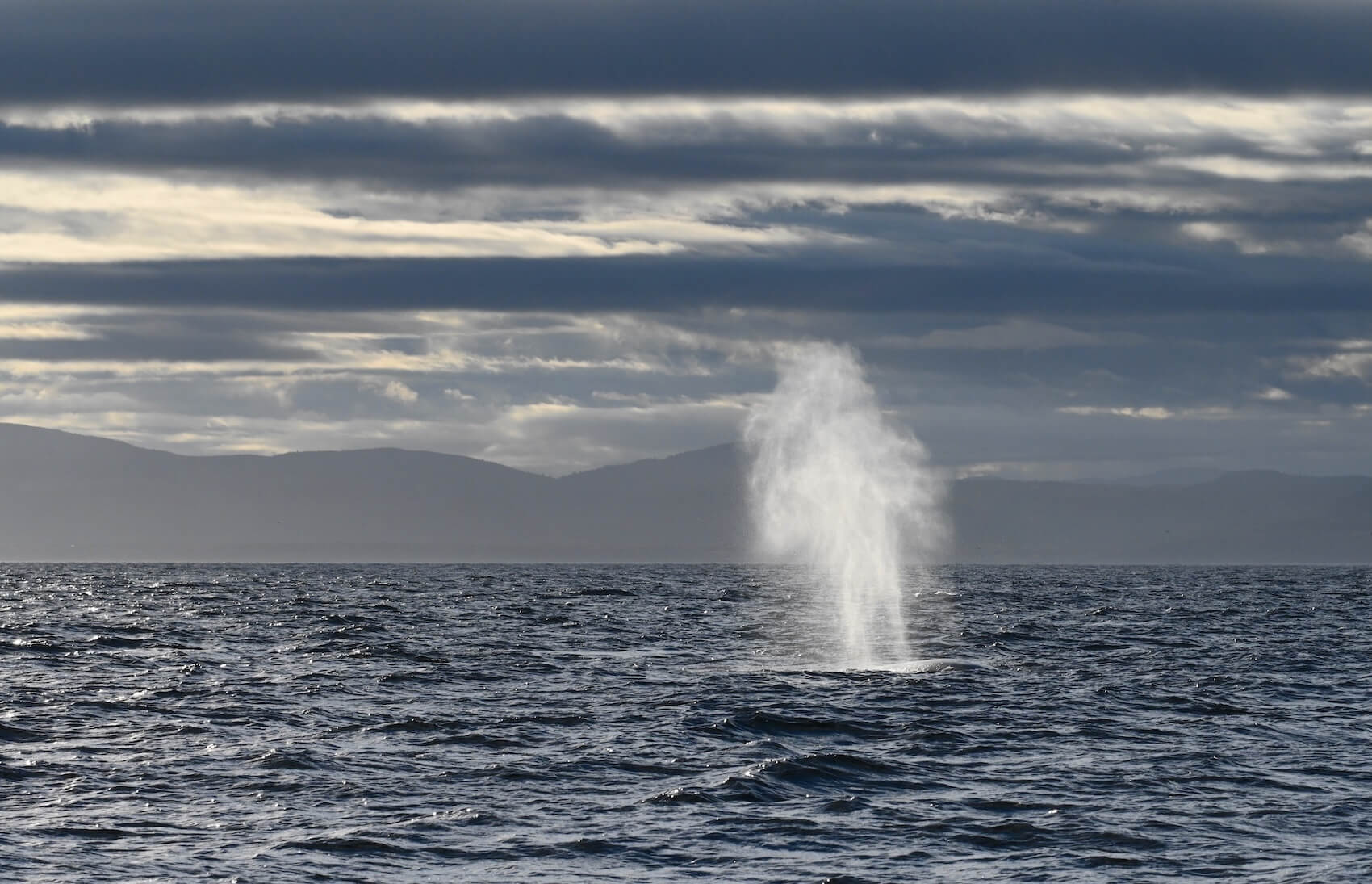Living in a group
The majority of whales that live surrounded by members of their own species are odontocetes (toothed whales). They are divided into two types of social organizations: fusion-fission societies and matriarchal groups. As a rule, smaller species tend toward the former and larger species toward the latter.






